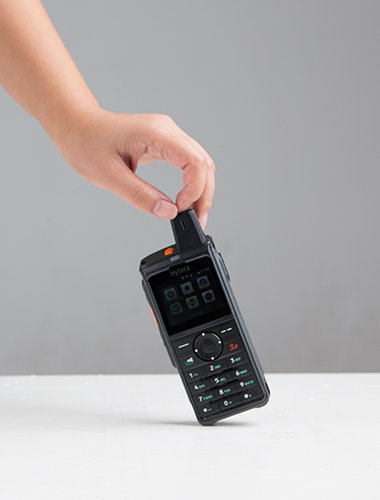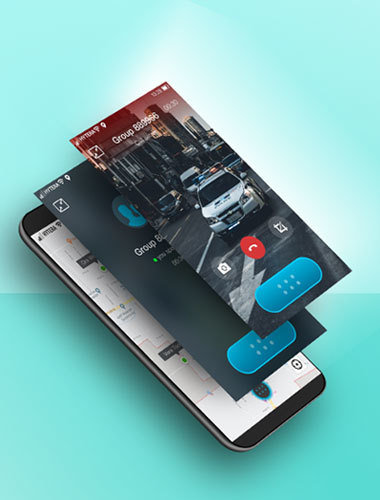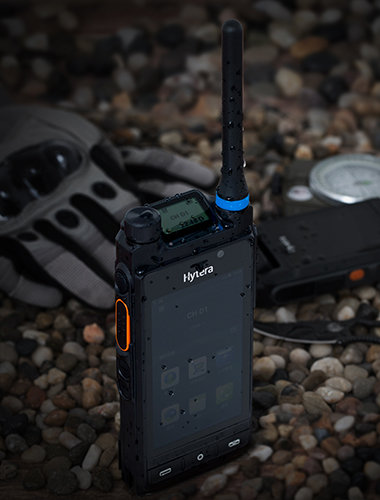What is POC?
Push-to-talk over cellular (PoC) technology enables subscribers to make one-to-many calls to different groups of people at the same time over a mobile operator’s network. One person can be in continuous half-duplex PTT communication with one or more active call groups with a single push of a physical button or touch screen.
There is no need for the caller to dial a phone number. The connection is made almost instantly providing a low latency to rival private PTT calls on Professional Mobile Radio (PMR) networks, also known as Land Mobile Radio (LMR). Unlike most PMR networks (unless they are national networks) subscribers also benefit from an almost unlimited coverage range as they can talk to anyone within the mobile network’s national coverage footprint
Who uses PoC?
The kinds of industries which use PoC services include transportation and logistics, retail, security, energy and utilities, construction, councils and local government organisations, hospitality, manufacturing, and others. PoC provides long distance communications with a low start-up cost.
PoC is therefore particularly useful for businesses needing to communicate across widely dispersed sites or with mobile work forces, such as logistics firms, travelling long distances not just nationally but also internationally. It also provides a cost-effective solution for smaller organisations such as retail outlets or hospitality concerns for whom a PMR solution might be more than is required or too high an investment.
POC benefits

Free from the limitation of frequency resource

Large capacity of group and system

Reduce the investment for deploying network

Increase mobility of workforce

Flexible organizational management

Powerful and versatile data functionality
Introducing Full Series of Hytera PoC Radios
Why is PoC radio getting more and more popular? And what can Hytera Poc radio do for us? Hytera PoC radio has been widely used in various scenarios, including logistics, security, traffic management, airport, and big events and makes communication, coordination and dispatch smoother and more efficient.





